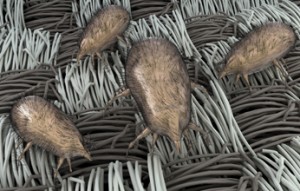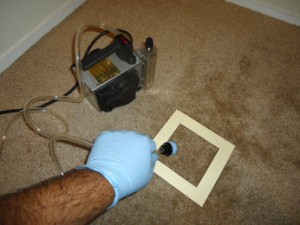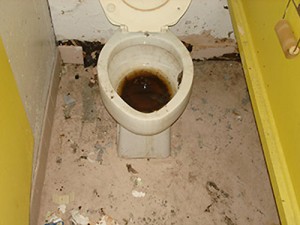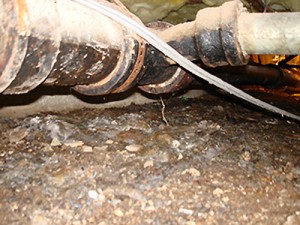What are allergens?
 Allergens are substances that are foreign to the body and can cause an allergic reaction in certain people. Examples of allergens are pollen, foods, and mold.
Allergens are substances that are foreign to the body and can cause an allergic reaction in certain people. Examples of allergens are pollen, foods, and mold.
Your living environment may contain a variety of animal and plant life, most of which can become a source for allergens, the triggers of allergic reactions. Pollens are the main cause of seasonal allergic rhinitis. However, if your nasal stuffiness, sneezing, watery eyes, and constant postnasal drip bother you year-round, then you most likely have non-seasonal hay fever, sometimes referred to as perennial allergic rhinitis. This condition is typically caused by indoor allergens such as dust mites, cockroach parts, mold, and animal dander.
Understanding the nature and location of indoor sources of allergy is fundamental. The key to managing allergies that are caused by indoor allergens involves reducing your level of exposure to them or avoiding them entirely if possible.
What is house dust?
 House dust is a mixture of components that can cause allergies. House dust is composed of a number of natural substances, including dried food particles, mold spores, pollen, fabric fibers, animal dander, and insect parts, especially those of dust mites and cockroaches. As is the case with other allergens, these particles contain proteins that are small enough to become airborne and inhaled. The main culprits in house dust that cause allergy symptoms are dust-mite and cockroach particles
House dust is a mixture of components that can cause allergies. House dust is composed of a number of natural substances, including dried food particles, mold spores, pollen, fabric fibers, animal dander, and insect parts, especially those of dust mites and cockroaches. As is the case with other allergens, these particles contain proteins that are small enough to become airborne and inhaled. The main culprits in house dust that cause allergy symptoms are dust-mite and cockroach particles
How we can help
- Sample of carpet and fabrics for the presence of: dust mites, cat & dog dander, cockroach, pollens & mold
One significant facet of many Indoor Air Quality (IAQ) investigations is the assessment of the carpeting and dust in an occupied building. Carpet is listed as one of the nine potential sources of biological agents in an occupied space (Bioaerosols Assessment and Control, ACGIH 1999). IAQ complications may arise with poor carpet maintenance and accidental water incursions.
To learn more about how carpeting can impact your health, see the American Lung Association.






